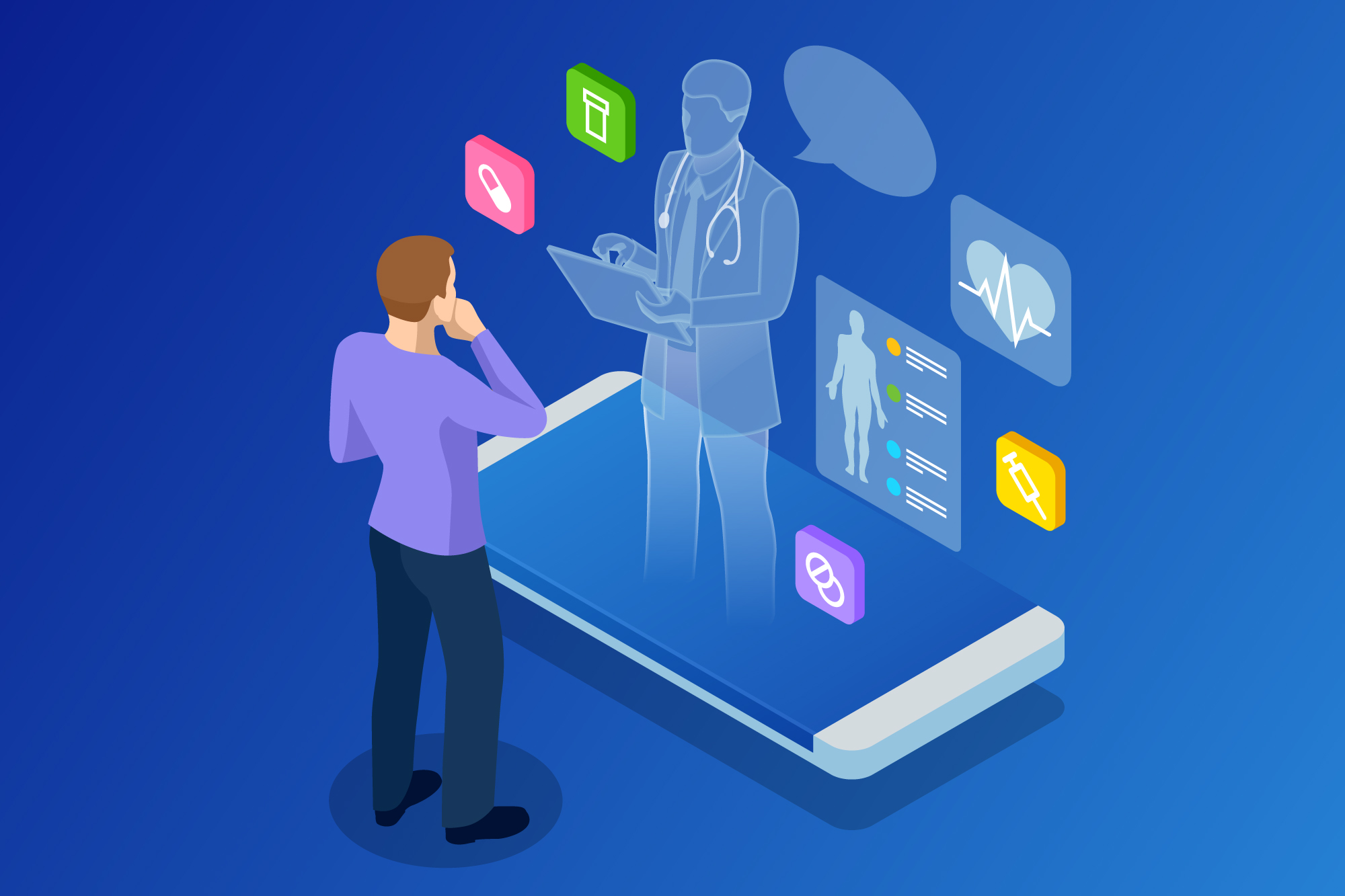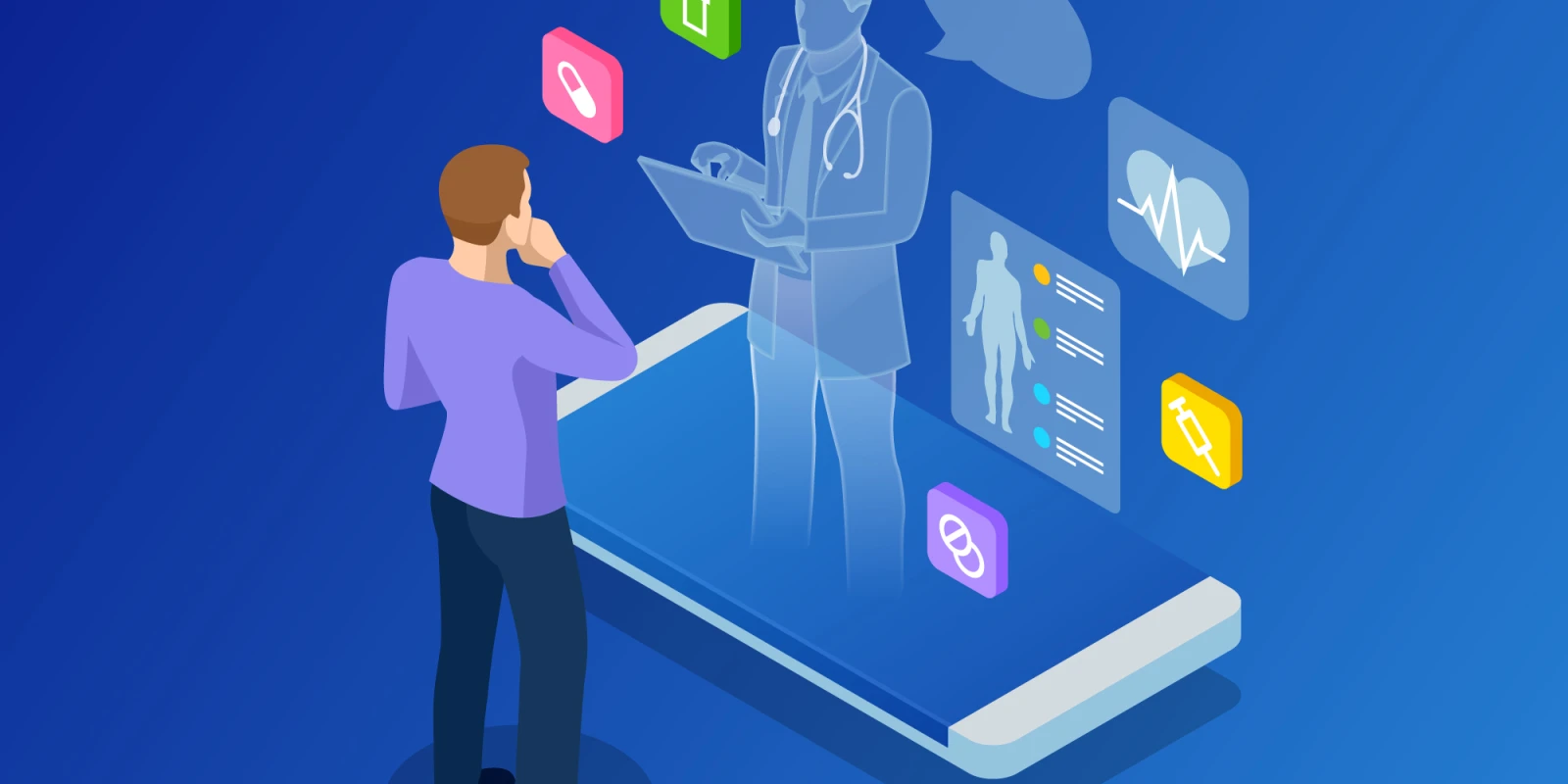
It’s Tuesday morning. Your schedule is mostly full. Between annual wellness exams and preoperative evaluations, you check your inbox and start browsing the scans, labs, and correspondence.
An alert that reads “hospital consult” pops up in your electronic health record for Mr. Smith. Worried, you open it, only to find out that it is a note from the local urgent care.
The time stamp read 10:12 a.m. That was exactly 10 minutes ago. Even though you had an opening to see Mr. Smith in the office at that time, he was seen by another provider down the street. The next day, Mr. Smith’s wife calls your office saying her husband is still coughing, the medication he received at urgent care didn’t make him better. She finally asks, “What are you going to do about his problem?”
If you’re in Primary Care, this scenario is likely a daily occurrence. If you’re anything like me, this drives you nuts. At my practice, we proactively block off appointments for same-day urgent visits — some are with me or my partner and some are with our physician assistants. Why? Like most doctors, we want to be available to our patients.
We have heard horror stories from friends who called their physician with acute issues like dizziness or depression, only to be told the next available sick visit was in two weeks. Or even worse, they were instructed to “go to the emergency room” for a non-urgent issue, which begs the question of why you should have a Primary Care doctor in the first place and ties up our already busy Emergency Medicine colleagues with things that are not emergencies.
Even for Primary Care providers (PCPs) like myself who have availability, patients with urgent problems don’t want to call the office in the morning to hear a physician ask, “Can you come in at 1:15 p.m. this afternoon?” According to the most recent data available from the United States Bureau of Labor Statistics, approximately 6.5 percent of adults in America work the night shift and 11 percent work evenings. How does our traditional appointment scheduling meet the needs of this group?
Patients are people too: they can’t miss work; many have to get their kids off the school bus; or need to take aging parents to appointments. As a physician mom of three, I completely understand their perspective. Seventy-five percent of working women with minor children are employed full-time, reported the U.S. Department of Labor. I am one of them: every day is a juggling act of family and professional obligations. In fact, I just “Amazon Primed” laundry soap to clean a white baseball uniform and with one click, Zappos had new gym sneakers at my doorstep the next day. With the wonderful invention of Apple Pay, I didn’t even budge off my chair.
Given our rapidly evolving technology, I’ve begun to wonder why our medical scheduling systems have remained so archaic. We can have groceries dropped off at the office with the convenience of a smartphone and a mobile app like InstaCart. Why can you get movies on-demand but not a consultation with your doctor?
There is no simple answer to this question. For busy patients, the ideal hours for sick visits might be in the morning before work, lunchtime, at the end of the day or even better, in the evening. But that solution completely overlooks the needs of others in this discussion including doctors and their staff. It is personally and economically impractical to only be open in the early morning or at night. Like patients, physicians have families too. If practices switched to visits completely on-demand, doctors would struggle to ever see their families. Our wellness is vital to consider in light of increasing rates of physician burnout, depression, and physician suicide. And how would this approach meet the needs of millions of seniors who depend on others to get to their appointments? Seniors love scheduled times.
Patients need their PCP to be at their best, so they can lean on them when the stakes are really high like diagnoses of new heart disease, cancer, depression, etc. While convenient, the frequent use of urgent care removes the option of seeing your doctor who knows you best, especially when you are sick. Trust and rapport develop over time and are vital pieces of the puzzle for excellent patient care and optimal patient outcomes.
The rapid proliferation of same-day walk-in centers that promise 21st century convenience do not support development of quality relationships in health care. The doctor-patient relationship involves two people who are equally important. Telemedicine and walk-in urgent hours at your own Primary Care office where your team knows you best seem like a promising compromise.
Unfortunately, to further complicate this issue locally, some big insurers have capitated payments — no longer paying separately for doctors to see their own patients on the same-day for any new problem or routine follow up visits.
I personally get my health insurances through a large local health network and contract with them as well, making up a significant portion of my payer mix. The insurers actually offer “free” telehealth services where patients can access a medical provider who has never met them for free through their phone. The same insurance company representative recently asked what we could do to decrease the number of patients utilizing urgent care and the ER for non-emergent things. My proposition seems simple: Why not just pay our doctors for same-day care for their own patients? Won’t patients get better care through the physicians who know them best? Medicare has recently included billing codes for this type of service, but the real question will be whether the larger commercial payers will reimburse for this. The American College of Physicians is advocating or better telemedicine reimbursement as well.
No one is going to work for free. But, any child or parent of the 80s and 90s recalls the memorable line in “Field of Dreams” from Kevin Costner's character, Ray: “If you build it, they will come.” If you create the opportunity for patients to access convenient and appropriate care for their urgent needs, while reimbursing their physicians appropriately for this service, we can decrease health care costs and increase satisfaction. Allow us to meet our patients where they are. We are in desperate need of a care model that allows us to meet somewhere in the middle, even if the middle lies in the cyberspace of a FaceTime visit.
Lauren Kuwik, MD is a Medicine/Pediatrics physician as well as a 2018–19 Doximity Author.







